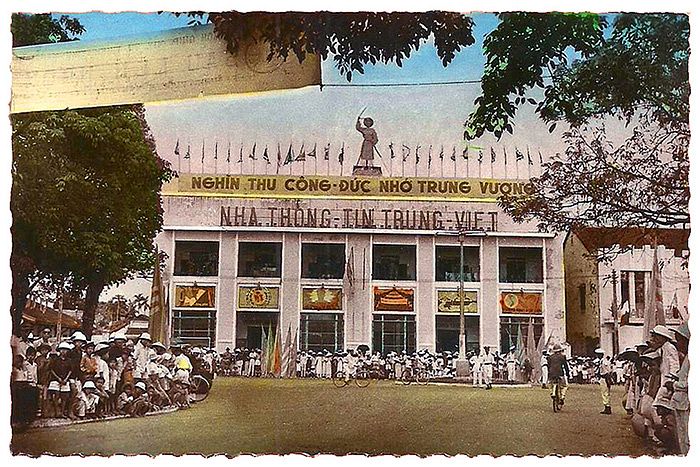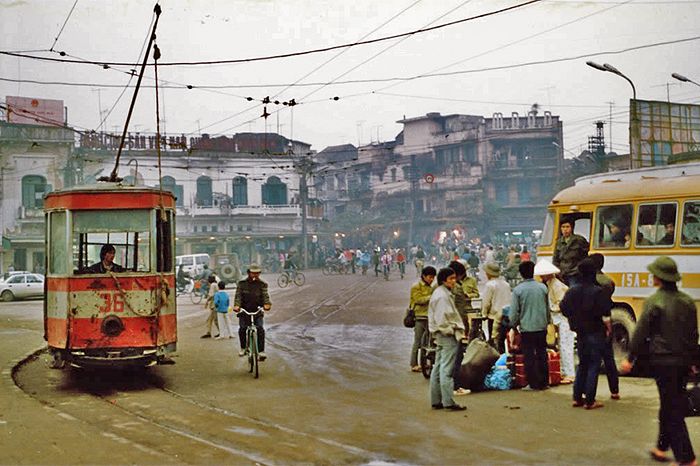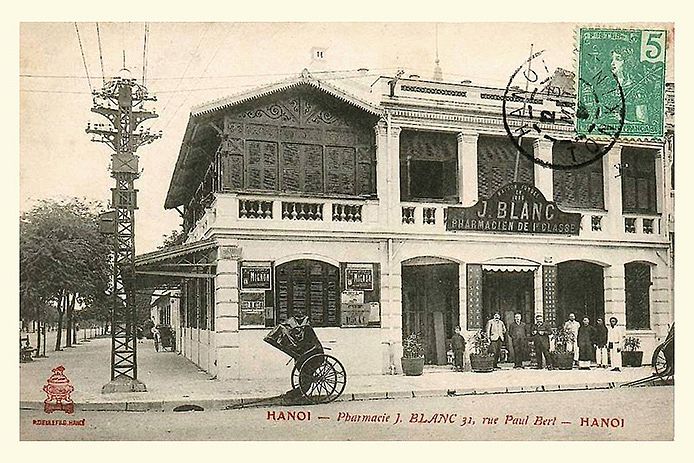While we dream about subway systems in Saigon and Hanoi, another major project is on the minds of engineers and urban planners – high speed rail. Already the standard in Japan, China and Europe, there are two projects in the works that could bring the technology to Vietnam. But before we look at the future, let’s take a look at the history and present state of Vietnam’s railway system to see why so many are pushing for a complete overhaul.
Trains have been a significant vehicle for transportation and trade since the French undertook the construction on the North-South Railway (also known as the Reunification Express) in 1899. Since its completion in 1936, the 1,726km long railroad has faced serious challenges for most of its history.
During the Japanese occupation of Vietnam from 1941 – 1945, the tracks were repeatedly sabotaged by the Viet Minh by ground and American bombers by air. With the start of the Anti-French Resistance War, (also known as the First Indochina War) only a year later and the American War soon to follow, reconstruction was impossible until 1976 when the government sought to repair the line as a symbol of Vietnamese unity. The repair work consisted of 1334 bridges, 27 tunnels, 158 stations and 1370 switches and necessitated the cannibalization of the now defunct Da Lat – Thap Cham Line for vital materials. Considering decades of destruction and lack of resources, it’s quite remarkable that the line was able to reopen only one year after the conclusion of the American War.
This is not to say that the line has been in good health since. Years of war and subsequent lack of capital have rendered the North-South Railway slow and sometimes unsafe. As of 2007, 278 bridges were in need of major rehabilitation. Many of the 27 tunnels along the line are in poor condition and suffer from leaking, forcing trains to reduce speed when traveling through them. Of the 3,650 level crossings, 82% had no barriers, alarm systems or guards. The rainy season doesn’t make matters any better as bridges are sometime swept away by swelling rivers.
Since then, development assistance aid has funded repairs to critical pieces of infrastructure. Public awareness campaigns along with construction of safety barriers have made the line safer and more efficient. But, for the most part, these repairs are patch-work in nature and a complete overhaul of the railway is required to address core problems. While Japan (ironically) is providing additional aid to repair the old line, many are looking to high-speed rail as remedy to its woes.
We’ll take a look at the future of rail in Vietnam in our next column.














